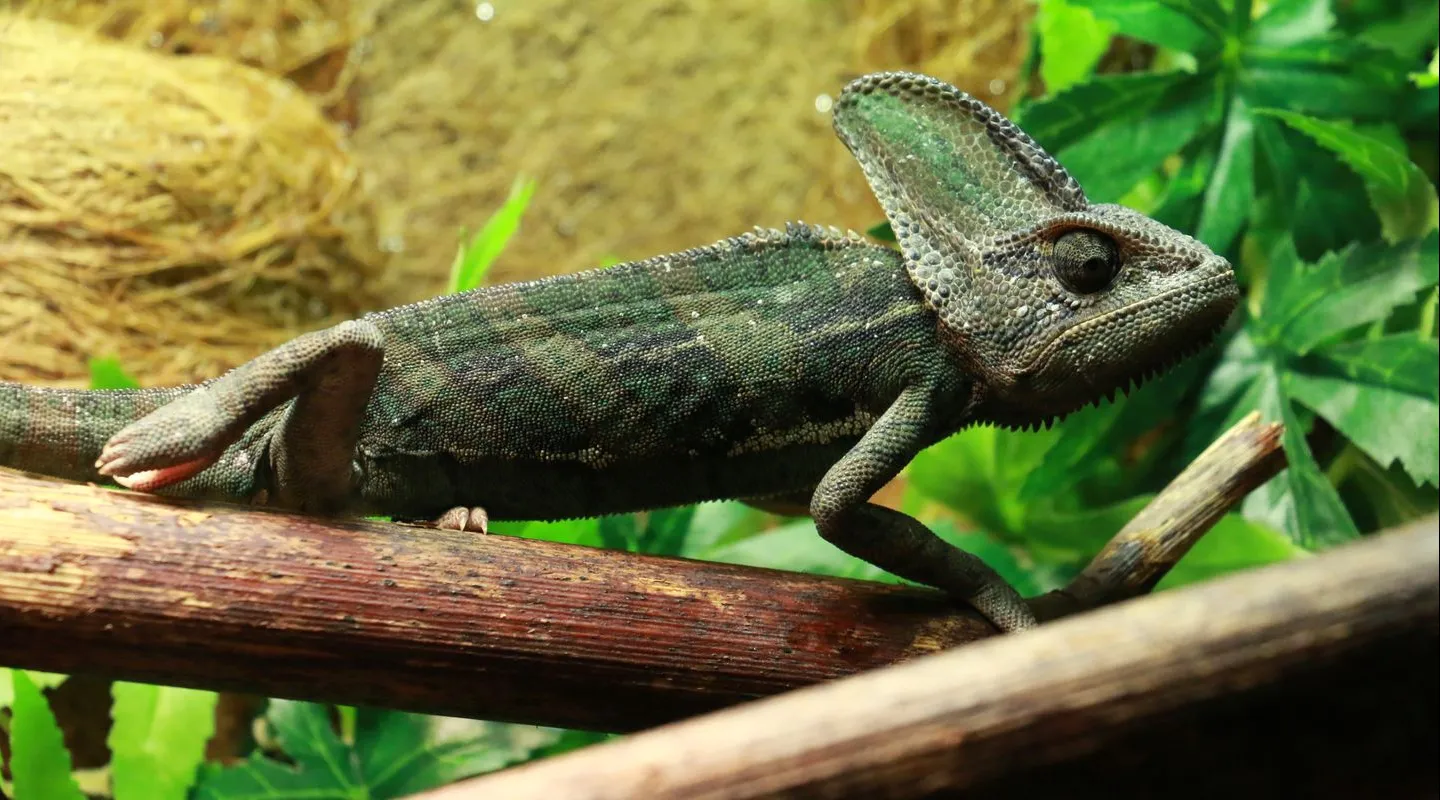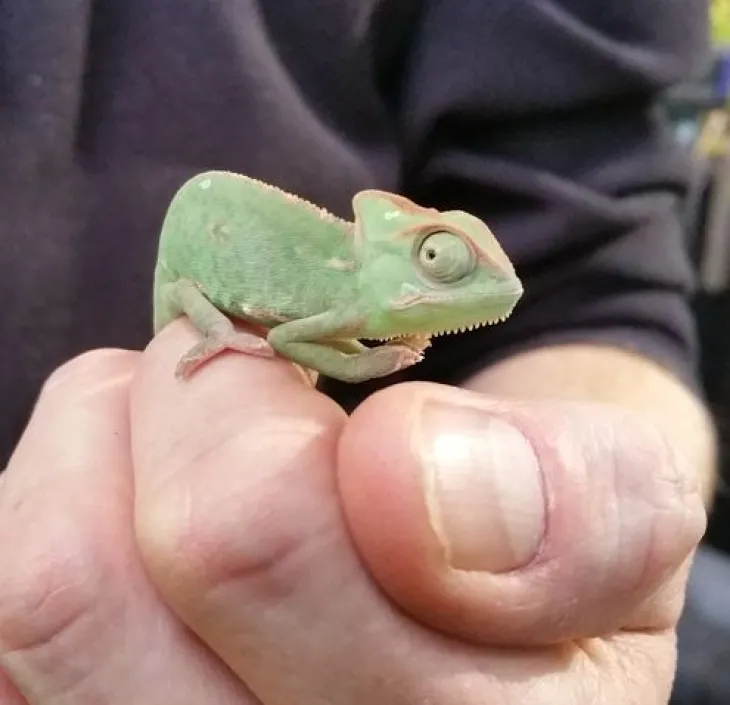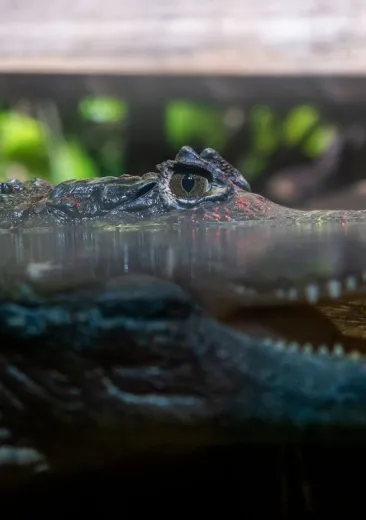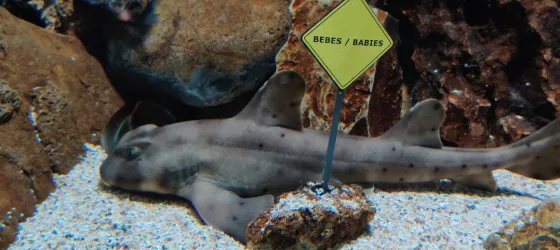It loves dandelions, as well as the plants that decorate its terrarium.

Identity card
Veiled chameleon
- Scientific name:
- Chamaeleo calyptratus
- Family:
- Chamaeleonidae
- Class:
- Reptilia
- Phylum:
- Chordata
- Year of description:
- Duméril, 1851
- IUCN Status:
- Least Concern
- CITES-status:
Appendix II
- Distribution:
-
Highlands of Yemen and southern Saudi Arabia. It has been introduced into Florida.
- Habitat:
-
It is found mainly in warm forests.
- Size:
Males measure 50-55 cm, whereas females measure 30-40 cm.
- Diet:
-
It is omnivorous, although it feeds mainly on insects.


















